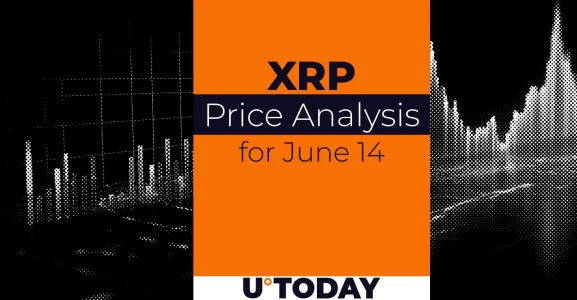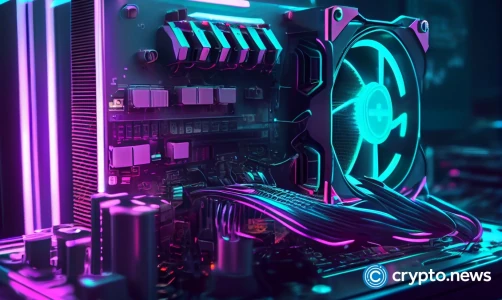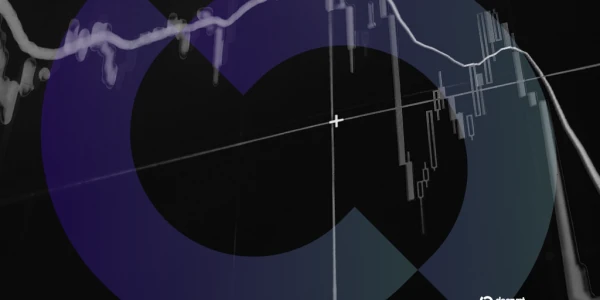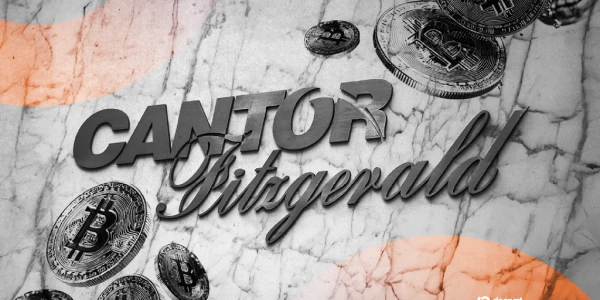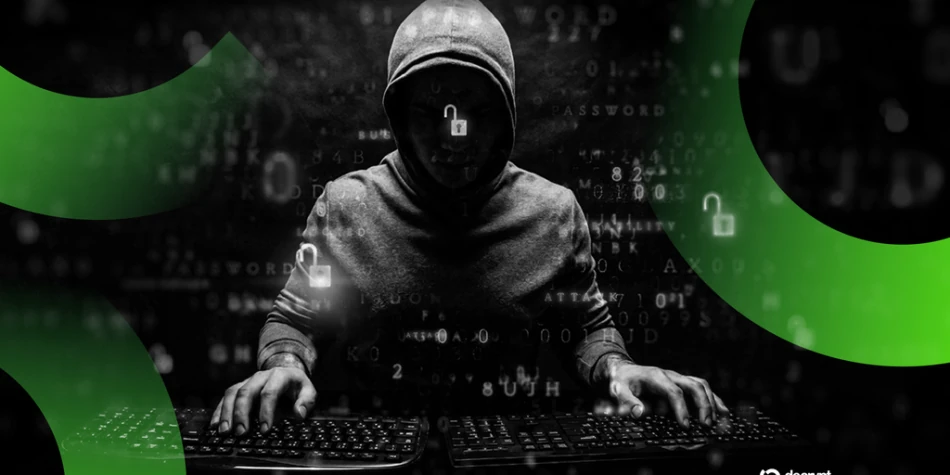
Curve Founder Exposes Threat of Coordinated Hacker Attacks Across Crypto Platforms
Crypto hackers siphoned $302M in May alone as DNS attacks and code vulnerabilities expose fatal flaws in DeFi security—and it's getting worse.[...]
Curve Finance Founder Warns of Coordinated Hacker Attacks Targeting Crypto Infrastructure
In a revealing interview with Decrypt, Curve Finance founder Michael Egorov highlighted the rising threat of "for-hire" hackers coordinating cross-platform attacks, making decentralized finance (DeFi) security increasingly challenging.
One recent example was the DNS attack on Curve Finance last month, where attackers compromised the protocol's front-end website to redirect users to a malicious site. Egorov explained that hackers now collaborate across platforms, launching simultaneous attacks for greater impact and profit.
Despite Curve's team implementing strong passwords and two-factor authentication, the attack succeeded when their registrar transferred domain ownership without notifying project management. "They transferred ownership of [Curve's domain] to someone else without any email notification," Egorov revealed.
The founder warned that threat actors now engage in "calculated behavior," with some accepting bribes to target specific projects. "They may even take bribes to target specific projects, if someone is willing to pay," he cautioned, emphasizing that hackers increasingly coordinate efforts for maximum damage.
Comparing crypto security to traditional banking, Egorov called SMS-based two-factor authentication "fundamentally unsafe." He stressed that crypto transactions carry higher risks since they're "irreversible by design" and settle almost instantly.
These warnings align with CertiK's May security report, which identified code vulnerabilities as the most common attack vector in crypto, causing over $229 million in losses. The report also noted the recent $200 million exploit on Sui ecosystem's largest DEX, Cetus, which significantly impacted Sui-based tokens.
As the crypto industry grows, implementing robust security measures and coordinated defenses against these sophisticated attacks has become critical.
Most Viewed News
